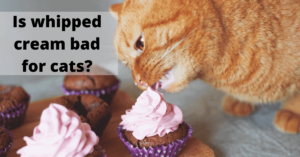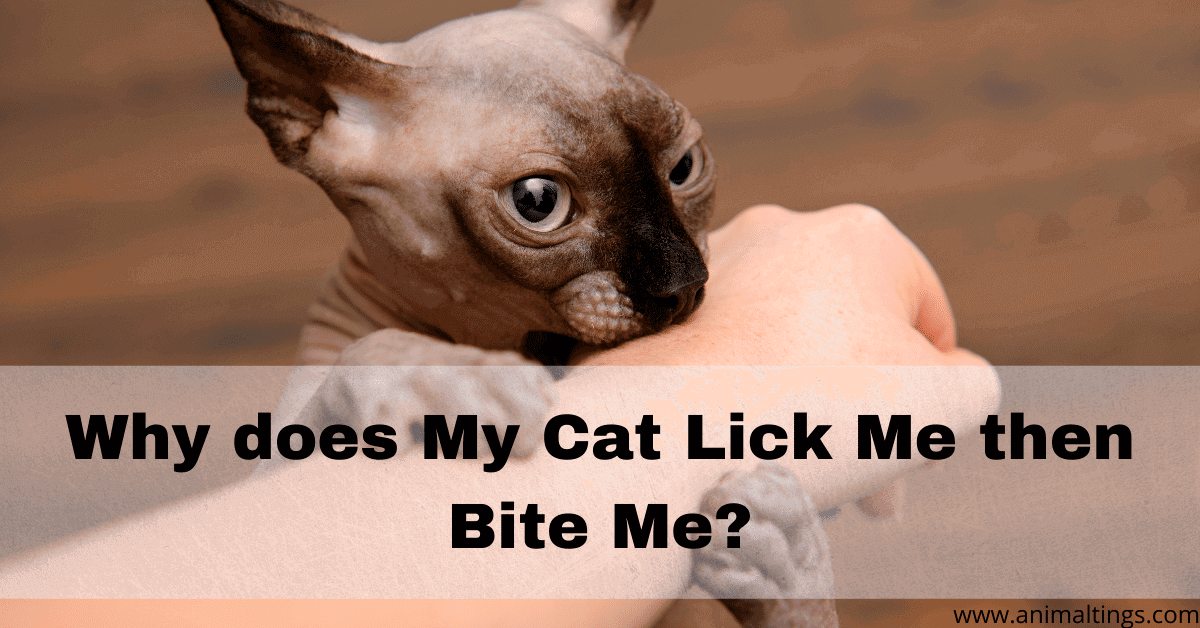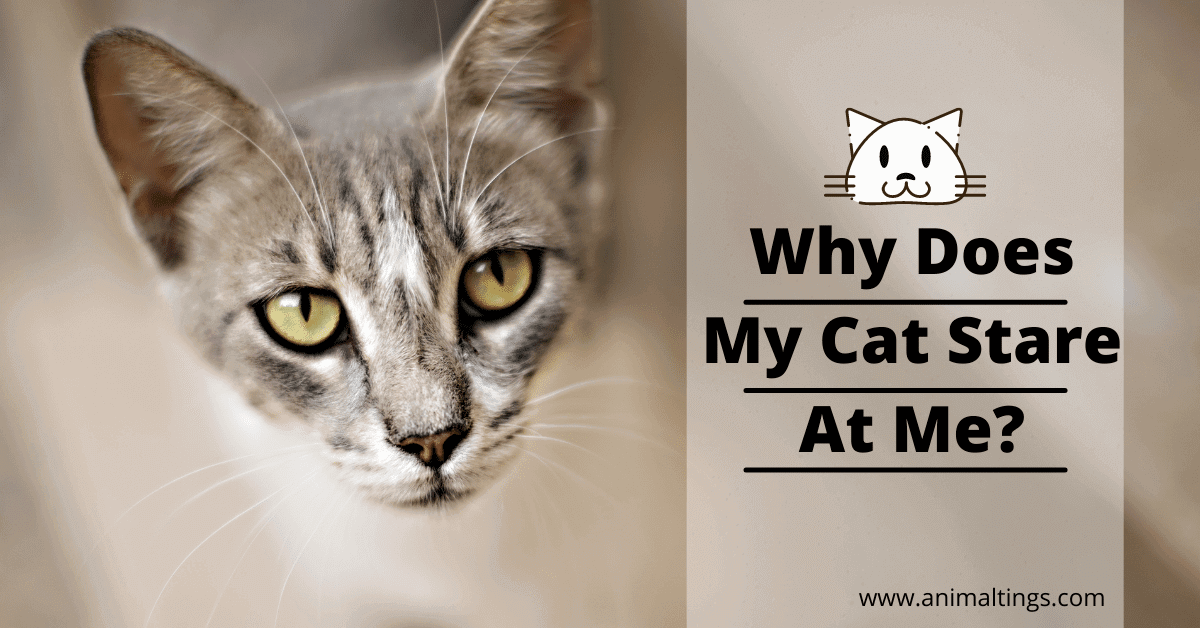Cats make excellent pets, and their cuteness makes it challenging to resist the temptation to spoil them from time to time with tasty goodies. Certain foods, however, can provoke extreme diarrhea reactions in cats because of their different digestive systems from humans. Whipped cream and other dairy items appear to be the most prevalent human treats with cats. Can cats have whipped cream without making a mess in their litter box? Several debates and discussions often confuse first-time cat owners as to the proper course of action to take in this situation. One of life’s many minor pleasures is ordering a mocha with a mountain of whipped cream from your favorite cafe. Can cats eat whipped cream?
Is whipped cream good for cats? Many cat owners have this question. Cats should not eat whipped cream, according to the most basic of rules. Whipped cream isn’t just prepared with milk and sugar and vanilla extract, and other flavoring agents. Even though none of these components is poisonous to cats, they all pose a risk to your pet’s digestive system.
Table of Contents
Can Cats Eat Whipped Cream?
People believe that cats enjoy dairy items, such as whipped cream, because of frequent depictions in cartoons and pictures. Many cats are lactose intolerant, unable to digest milk, cream, and other dairy products. You should expect your cat to show signs of dairy poisoning such as vomit, stomach pain, and irregular stool movements. Ironically, cats will eat whipped cream regardless of the dangers since they are attracted to anything that tastes fattening. Consequently, it is best to avoid giving your cat whipped cream in the majority of cases.
Is whipped cream good for cats?

Lactose is present in most dairy products; however, cats only get lactose when drinking their mother’s milk. Lactase, a digestive enzyme, is required for lactose digestion, and cats and humans get a lot of it as newborns. Lactose intolerance can occur as a result of a decrease in lactase synthesis over time. Lactase production in the body declines at a certain point. It never
returns to its pre-degraded state when an ordinary cat reaches the age of six months, manufacturing lactase halts in their bodies.
Most dairy products, like cheese, milk, and whipped cream, include lactose, which is a sugar. An inability for a cat to absorb lactose sugar is called lactose intolerance and is characterized by an increased risk for urinary tract infections. Lactose intolerance in cats is not universal, so keep this in mind. As a precaution, you can avoid lactose-containing foods for cats.
RELATED: Can cats eat hot dogs?
Is whipped cream bad for cats?

Dairy can remain undigested in cats’ stomachs, causing fermentation and gas production. The cat’s stomach cramps and frequent farts can cause the buildup of gas in the digestive system. Lactose is an unprocessed sugar that transports water into the cat’s intestines, which can cause diarrhea.
The other elements in whipped cream, even if your cat isn’t lactose intolerant, can have a severe impact on your cat’s health. Compared to conventional milk, the cream has more fat, which is not suitable for a cat’s health. Cats, on the other hand, would not benefit from consuming whipped cream. Sugar is poisonous to cats, as is the cream portion of the whipped topping. Cats’ bodies are sensitive to sugar because it is not part of their natural diet. Sugar, like lactose, can cause symptoms such as nausea and vomiting. Cats can get diabetes and teeth decay as a result of sugar consumption.
Corn syrup, which can find in most whipped cream brands, mimics the effects of sugar on cats. It is hazardous for cats with diabetes to consume corn syrup, which can cause their blood sugar to be out of whack. Sweeteners like xylitol can cause a cat’s blood sugar to vary when used in whipped cream, unlike artificial sweeteners. Even a small amount of whipped cream can cause your cat to overindulge in calories, as it contains many calories. About 51 calories are in a spoonful of whipped cream. The average cat’s weight is 10 pounds; hence, the average cat needs 120 calories a day or 20 calories per pound. A single tablespoon would provide nearly half of their daily caloric intake without providing any nutritional benefit.
So if you have a doubt on can cats have whipped cream? Or is whipped cream bad for cats? Whipping cream is dangerous for cats since it is high in calories and sugar, especially if it is overweight or diabetic. Obesity can lower a cat’s life expectancy and cause a variety of health problems. Because of overfeeding, particular food ingredients (such as dairy), and other factors, many cats are obese.
Can whipped cream kill cats?
This depends on whether your cat is lactose-intolerant and what you consider "moderate" amounts of milk.
Make sure that your cat can digest milk first. If you’re confident it can, go ahead and do it. Watch what happens if you give your cat a tablespoon of milk. There are two ways it can get rid of the milk if it has an issue: vomiting it up quickly or having stinking diarrhea. It is not good to feed your cat any dairy products if this occurs.
Observe your cat’s reaction to the second tablespoon of milk if it’s okay with the first. Milk and cream can digest if it’s still healthy.
The moderate amounts’ is the next concern. How much do you mean by a teaspoon? The answer depends on how often you want to do it.
It’s bad for cats to overeat fat, and cream is no exception. Compared to humans, cats have a lower-fat requirement in their diets.
An occasional dollop of whipped cream as a reward for your cat is acceptable. In the absence of any lactose intolerance, Probably, your cat will enjoy it a lot.
READ ALSO:




